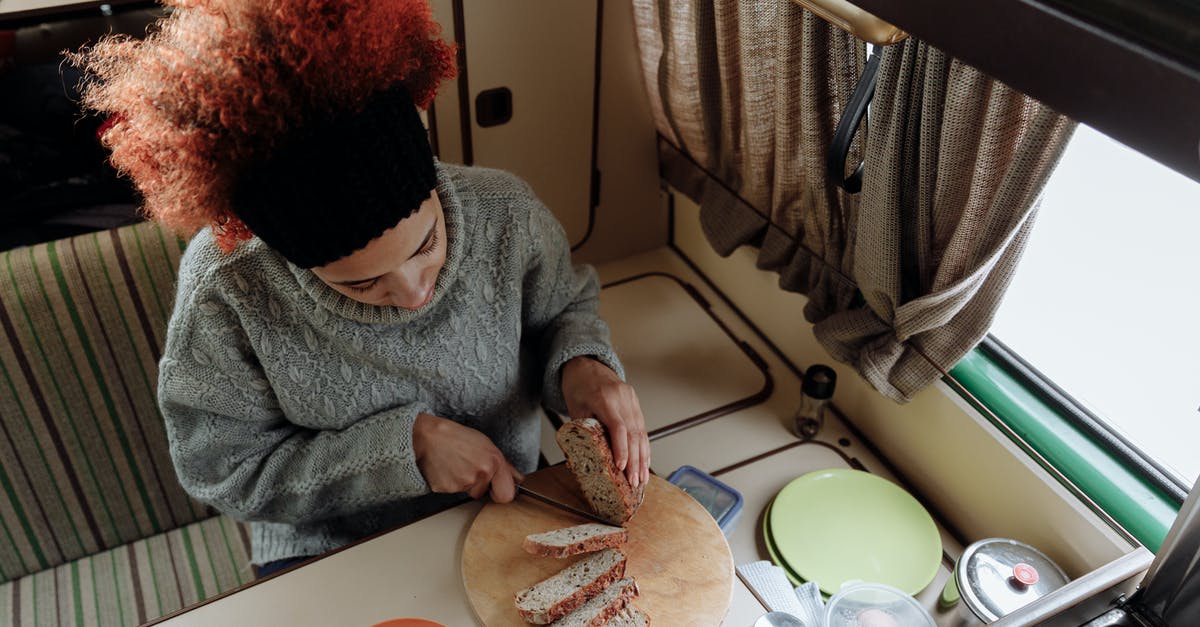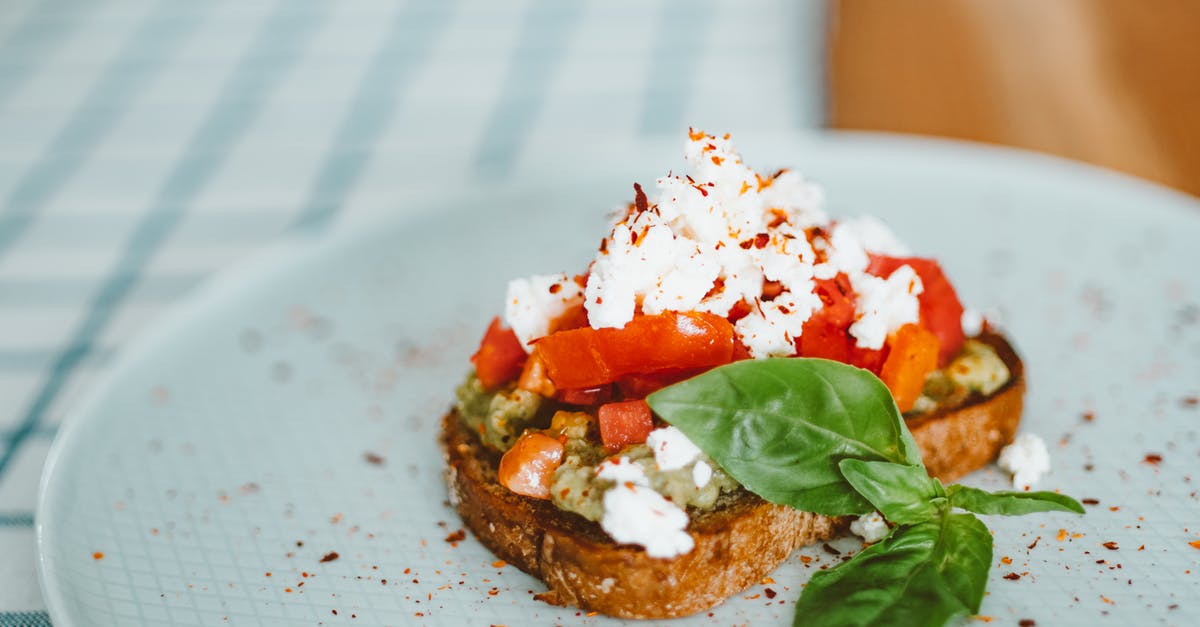Bread is not rising

The problem
After ten years of baking bread, I have a new problem with my bread rising—it seems to fall when baking in the oven.
I've used the recipe below with good results, yielding nice 1–1/2 lb loaves with good flavor and texture. I've varied little from this process, but my last two bakings have left me puzzled.
The first and second restings have met expectations—a good rise and development of yeast smell. The rested loaves did not quite meet expectations but at least doubled in size. After baking, however, the loaves shrank somewhat and came out barely bigger than what I placed in the pans.
I could really use some help here. My family loves my bread, and I do too—until now.
Things I've tried/considered
My method has not changed, but my brand of bread flour has due to stock availability during the COVID-19 lockdown:
- Previously I exclusively used King Arthur Bread Flour.
- For my last two bakes, the only available flour was Ceresota Unbleached All Purpose Flour.
My yeast is an instant yeast I buy by the pound from Gordon's Food Services and is apparently the same as sold in King Arthur's catalog. All other ingredients are off-the-shelf brands and have not changed.
Thinking the yeast may be old, I replaced it with 4 packets of ordinary instant-rise yeast this last time. The same thing happened: all appeared well, smelled well, felt well during kneading, but the loaves failed to rise and even shrank somewhat in the baking.
I tested the oven and found nothing wrong or out-of-order. The only major change was the flour, and I find it difficult to accept that minor difference in the flours would produce such a change. All ingredients are weighed.
Bread recipe
Ingredients
- 100g granulated sugar
- 70g brown sugar
- 85g molasses
- 30g butter
- 150g rolled oats
- 1 cup near-boiling water
- 3 cups room-temperature water
- 210g whole wheat (Bob's Red Mill or King Arthur)
- 24g yeast (4 packets)
- 1150g bread flour (see note above on substitution)
- 90g wheat germ
- 10g salt
Method
- Mix sugar, brown sugar, molasses, butter and oatmeal with the near-boiling water (to partially cook the oatmeal) in a stand mixer for 5 minutes.
- Cool the mix with 2 cups room-temperature water, bringing the mix to skin temperature.
- Add whole wheat and yeast.
- Incorporate the bread flour, wheat germ, 1 cup room-temperature water and salt, mixing until the dough begins to pull away and form a ball. (I use the wheat germ for higher gluten, believing that this reduces the crumbling of the finished bread.)
- Remove the dough and let it rest, covered, about 20 minutes.
- Hand knead the dough for about another five minutes, cover it and let it rest about 45 minutes in a protected spot—usually the oven, warmed depending upon the season and kitchen conditions. (I pre-warm the oven by setting the temperature at 190F and turning it on for 1 minute.) The four pottery loaf pans I use sit in the oven with the rising dough.
- When the resting dough has doubled or more, remove it from the oven, knead it for not more than 3 minutes and return it to the oven for another 45-minute rest.
- After the dough has doubled in size, remove it from the oven and portion it into four equally sized loaves, place them in the pans and return them to the oven for another rest until they double, about 30-40 minutes, covered with a towel.
- If satisfied with the rise, remove the towel and set the oven for 365℉ or 375℉ and let the oven achieve temperature. The whole baking process from cold to completion is usually 33–37 minutes. The bread will rise further until the loaves are three times the size when I first introduced them into the pans.
- When the loaves are done and have achieved an internal temperature of 195℉, remove them from the oven, place them on a cooling rack ( I usually leave them on their sides) and cover them snugly for cooling.
Best Answer
The answer is indeed that you have unbleached flour now - I faced exactly the same problem moving from the USA (bleached) to NZ (unbleached, by law), where the same recipe I had used in my breadmaker in the USA failed in NZ.
Edited to add: as pointed out in a comment from @JordanGray, King Arthur flour is never bleached - so my answer above is obviously incorrect. However, there is one option - which may be a little hard to find out whether this is the case or not: Perhaps the King Arthur flour is aged, while the Ceresota is not.
Bleaching of the flour speeds up the, normally naturally occurring, aging process by oxidizing the grains and thereby improving gluten (by means unknown to me). Unbleached flour can be aged too, to improve the gluten, but this takes time and hence $$$ for the company.
The solution is to use a bread improver - for the home baker this consists of vitamins (C usually), soy lecithins for bulk, and sometimes some enzymes such as amylases. I believe you can get away with just vitamin C/Ascorbic acid, but have not tested this.
Also edited to add: We also struck a similar problem with lock-down, when we were only able to get flour from our local Indian supply shop - and brought some Pillsbury Chakki Atta (Translates to Mill Flour), while unbleached and having a suitably high protein content, it was impossible to make anything other than an, admittedly tasty, brick. It turns out that this flour doesn't develop gluten properly, so while it is really excellent for flatbreads (highly recommend getting some for this purpose), it is useless for leavened breads. I was unable to overcome this problem other than mixing about 1:3; Atta:regular bread flour.
Pictures about "Bread is not rising"



Quick Answer about "Bread is not rising"
Yeast is what gives bread its rise. If your bread isn't rising, make sure your yeast hasn't expired. Yeast is a living organism, so if you've kept it in the fridge too long, some of it may die, and it won't produce enough rise. So check the expiration date, and store it in the fridge or freezer.Why is my bread dense and not rising?
Dense or heavy bread can be the result of not kneading the dough long enough. Mixing the salt and yeast together or Losing patience in the middle of molding your bread and there is not enough tension in your finished loaf before baking.How do I get my bread to rise again?
The most common way to do this is to gently punch or knock the gas out of the way. This is where the second rise comes into play. After punching down, or removing the gas from the dough, everything is flat again.Why your bread didn't rise (even though you followed the recipe exactly)
More answers regarding bread is not rising
Answer 2
Sounds like the substitute flour is struggling to develop the same amount of gluten as your original flour. You could try the following, but you may have to admit defeat as your original bread recipe, being a dark wholemeal - which due to all the ingredients will resist strong gluten development - will never rise quite as much as an equivalent white loaf.
- Reduce the fat content. Fat shortens the gluten strands and also "waterproofs" the flour from absorbing water.
- Increase the water content. More water = more airy crumb, but this is a bell curve. Too much water will have a detrimental effect.
- Reduce the sugar content or increase the salt content. Both these ingredients affect gluten production.
- Reduce the amount of whole-wheat flour as the bran can damage the gluten strands.
- Change your kneading technique. Either extend the kneading time, or consider adapting a "No knead" recipe.
Any of these points will have an effect on the rise, wether they are sufficient enough to coax the substitute flour into performing as you would like is another matter. You may well succeed after much trial and error, but inevatibly the bread will be different from your original recipe with the original flour.
Reference: https://www.finecooking.com/article/taking-control-of-gluten
Answer 3
When I was using Ceresota/Hecker's brand unbleached flour, I was making fantastic loaves of bread with sourdough. Now I have this organic, unbleached flour, and I feel like it just doesn't do anything. It rises a little bit, but not really. My starter seems fine. The new batch is over a week and a half old and I keep it refreshed. Right now I'm doing a control loaf, with the King Arthur organic unbleached bread flour and dry yeast to see if there is any difference.
Honestly, I think the unbleached Ceresota was better flour. I also noticed that, when you follow the same recipe, it feels like there's much less flour there, even when you use the same amount of cups. Perhaps, there are far fewer grams in the King Arthur's?
Sources: Stack Exchange - This article follows the attribution requirements of Stack Exchange and is licensed under CC BY-SA 3.0.
Images: Thirdman, Thirdman, Thirdman, ROMAN ODINTSOV
